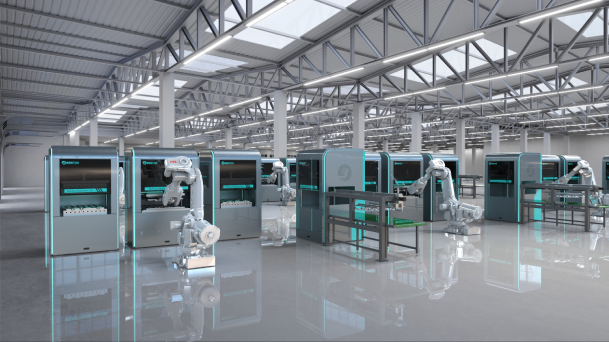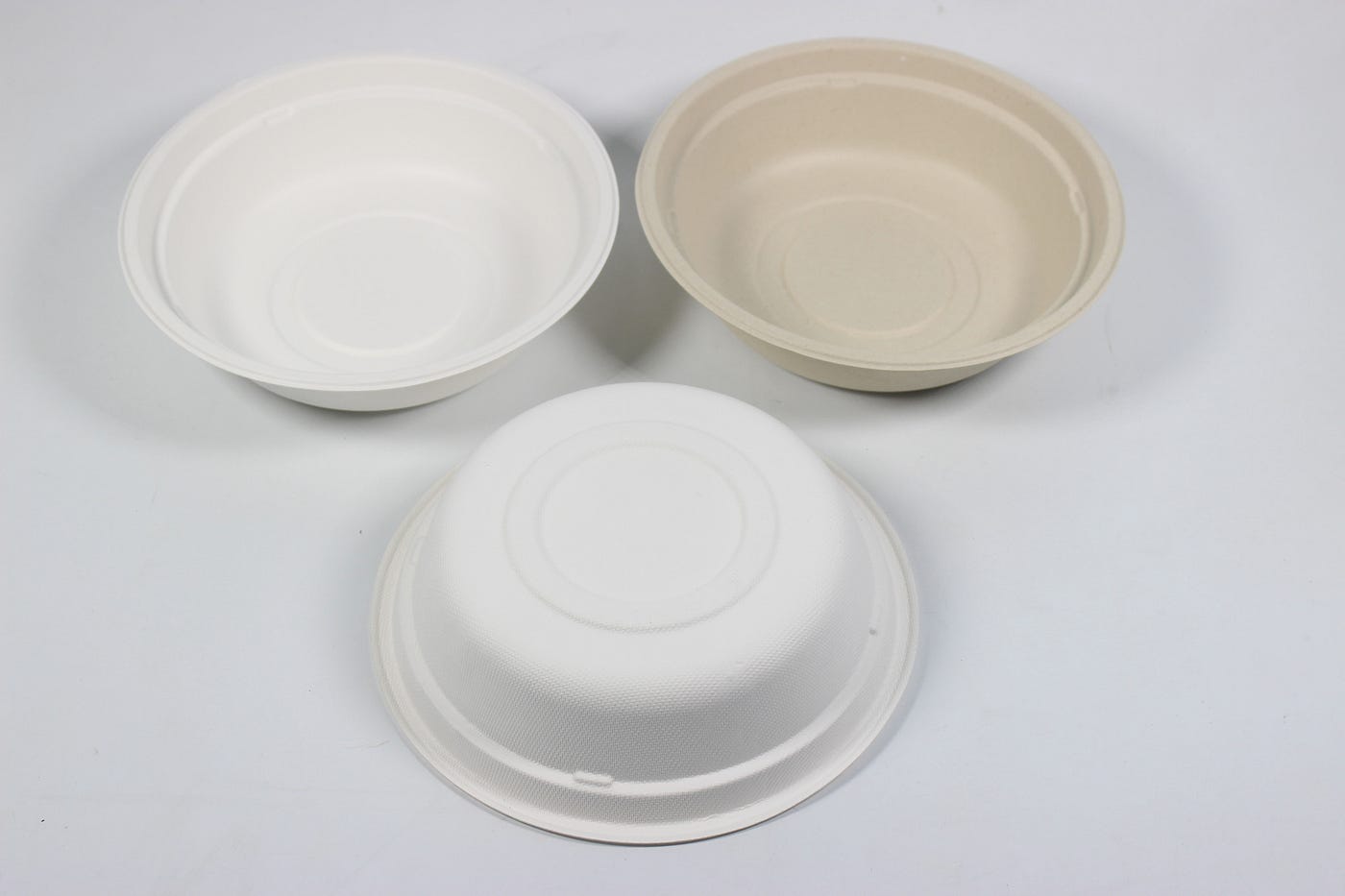Introduction
In an era where sustainability is more crucial than ever, the search for eco-friendly alternatives to single-use plastics has gained significant momentum. Among these alternatives, biodegradable plates have emerged as a popular choice for environmentally conscious consumers and businesses alike. Central to the production of these eco-friendly dining solutions is the biodegradable plate making machine. This innovative technology is transforming how we produce disposable tableware, offering a sustainable option that reduces environmental impact. In this blog, we will explore the workings of biodegradable plate making machines, their benefits, challenges, and their potential to revolutionize the industry.
Understanding Biodegradable Plate Making Machines
Biodegradable plate making machine is specialized equipment designed to produce disposable plates from biodegradable materials. These machines utilize various organic and renewable resources, such as agricultural waste, to create plates that decompose naturally without harming the environment.
The Manufacturing Process
- Raw Material Preparation: The process begins with the collection and preparation of raw materials. Common materials used include bagasse (sugarcane fiber), bamboo, palm leaves, and other plant fibers. These materials are cleaned, dried, and sometimes pulped to create a uniform feedstock.
- Pulping and Blending: The prepared raw materials are mixed with water and other additives to form a slurry. This pulping process ensures that the fibers are adequately broken down and blended, resulting in a consistent mixture.
- Molding: The slurry is then fed into molding machines, where it is shaped into plates using molds. The molding process involves pressing the slurry under heat and pressure to form the desired shape and thickness. This step can be adjusted to produce plates of various sizes and designs.
- Drying: After molding, the plates are dried to remove excess moisture. Drying can be done using air drying or specialized drying ovens, ensuring that the plates are sturdy and ready for use.
- Trimming and Finishing: Once dried, the plates are trimmed to remove any excess material and achieve a smooth edge. Additional finishing processes, such as embossing or coating, can be applied to enhance the plate’s appearance and functionality.
Types of Biodegradable Materials
Biodegradable plate making machines can process a variety of materials, each with its unique properties and benefits:
- Bagasse: A byproduct of sugarcane processing, bagasse is widely used for its strength and durability. Plates made from bagasse are heat-resistant and suitable for both hot and cold foods.
- Bamboo: Bamboo is a fast-growing, renewable resource that produces strong and lightweight plates. Bamboo plates are naturally antimicrobial and biodegradable.
- Palm Leaves: Plates made from palm leaves are crafted by pressing and shaping the leaves. These plates are sturdy, heat-resistant, and have a natural, rustic appearance.
- Cornstarch: Cornstarch-based plates are made from polylactic acid (PLA), a bioplastic derived from corn. These plates are compostable and can be molded into various shapes and sizes.
Benefits of Biodegradable Plate Making Machines
The adoption of biodegradable plate making machines offers numerous environmental, economic, and social benefits.
Environmental Benefits
- Reduced Plastic Waste: By producing plates from biodegradable materials, these machines help reduce the volume of single-use plastics that end up in landfills and oceans. This mitigates the environmental impact of plastic pollution.
- Lower Carbon Footprint: The production of biodegradable plates typically generates fewer greenhouse gas emissions compared to conventional plastic manufacturing. Using agricultural waste as raw material further reduces the carbon footprint.
- Sustainable Resource Utilization: Biodegradable plate making machines utilize renewable resources, such as plant fibers, which are often byproducts of other industries. This promotes a circular economy and minimizes waste.
- Compostability: Biodegradable plates decompose naturally in composting conditions, returning valuable nutrients to the soil. This contrasts with plastic plates, which can take centuries to break down.
Economic Benefits
- Market Demand: With increasing consumer awareness of environmental issues, there is a growing demand for sustainable products. Businesses that invest in pulp molding tableware machine can tap into this expanding market.
- Cost-Effective Production: The raw materials used for biodegradable plates, such as agricultural waste, are often low-cost and readily available. This can lead to cost savings in production.
- Regulatory Compliance: Many regions are implementing stricter regulations on single-use plastics. Producing biodegradable plates can help businesses comply with these regulations and avoid potential fines and restrictions.
- Brand Image: Offering biodegradable tableware can enhance a company’s brand image, appealing to eco-conscious consumers and improving customer loyalty.
Social Benefits
- Job Creation: The establishment of biodegradable plate manufacturing facilities can create jobs in areas such as raw material collection, production, and distribution, supporting local economies.
- Health Benefits: Biodegradable plates are free from harmful chemicals often found in plastics, such as BPA and phthalates. This makes them safer for consumers, particularly when used with hot foods.
- Community Engagement: By adopting sustainable practices, businesses can engage with their communities on environmental issues, fostering a sense of shared responsibility and cooperation.
Challenges and Considerations
While biodegradable plate making machines offer numerous benefits, there are also challenges and considerations to address.
Technical Challenges
- Material Properties: Different biodegradable materials have varying properties, which can affect the quality and functionality of the plates. Ensuring consistent performance across different materials can be challenging.
- Production Efficiency: Optimizing the production process to achieve high efficiency and low waste is essential. This includes managing the drying time, mold design, and energy consumption.
- Quality Control: Maintaining consistent quality in terms of plate strength, durability, and appearance requires rigorous quality control measures. Variations in raw material quality can impact the final product.
Economic and Market Challenges
- Initial Investment: Setting up a paper pulp molding machine requires significant capital investment in machinery, infrastructure, and training. Securing funding and ensuring economic viability can be challenging, especially for small businesses.
- Market Competition: Competing with traditional plastic plates, which are often cheaper and more familiar to consumers, can be difficult. Educating consumers about the benefits of biodegradable plates is crucial for market penetration.
- Supply Chain Management: Ensuring a reliable supply of raw materials and managing logistics can be complex, particularly in regions with seasonal agricultural activities.
Regulatory and Policy Considerations
- Certification and Standards: Establishing standards and certifications for biodegradable plates can help build consumer trust and ensure product quality. This can also facilitate compliance with regulatory requirements.
- Policy Support: Government policies and incentives that promote the use of biodegradable products can drive the adoption of biodegradable plate making machines. Advocacy and engagement with policymakers are essential for creating a supportive regulatory environment.
- Consumer Education: Raising awareness about the environmental impact of single-use plastics and the benefits of biodegradable alternatives is crucial for driving consumer demand. Educational campaigns and labeling initiatives can play a significant role in this regard.
The Future of Biodegradable Plate Making Machines
The future of biodegradable plate making machines looks promising, with several trends and developments shaping the industry.
Technological Innovations
- Advanced Molding Techniques: Innovations in molding technology, such as 3D printing and precision molding, can enhance the efficiency and customization of biodegradable plate production. These advancements can lead to higher quality and more diverse product offerings.
- Automation and Digitization: The adoption of automation and digital technologies can streamline the production process, reduce labor costs, and improve overall efficiency. Automated quality control systems can ensure consistent product standards.
- Material Science Advances: Ongoing research in material science can lead to the development of new biodegradable materials with enhanced properties, such as increased strength, heat resistance, and faster decomposition rates.
Policy and Regulatory Support
- Plastic Bans and Restrictions: The implementation of plastic bans and restrictions in various regions can drive the demand for biodegradable alternatives. Businesses that invest in biodegradable plate making machines can benefit from these regulatory changes.
- Incentives and Subsidies: Government incentives and subsidies for sustainable manufacturing practices can support the adoption of biodegradable plate making machines. Financial support for research and development can also spur innovation.
- Sustainable Procurement Policies: Encouraging businesses and institutions to adopt sustainable procurement policies can create a stable market for biodegradable plates. Public sector procurement policies can set an example for private sector adoption.
Market Trends
- Consumer Preferences: Increasing consumer awareness and demand for sustainable products are driving the market for biodegradable tableware. Businesses that cater to this demand can gain a competitive edge.
- Eco-Friendly Packaging: The trend towards eco-friendly packaging solutions extends beyond plates to include cups, cutlery, and packaging materials. Integrated production lines for various biodegradable products can offer comprehensive solutions.
- Global Expansion: The market for biodegradable tableware is expanding globally, with significant growth potential in developing regions. Expanding production and distribution networks can tap into new markets and drive global adoption.
Conclusion
Biodegradable plate making machines of Beston Group Co., Ltd. represent a significant step forward in the quest for sustainable and eco-friendly dining solutions. By harnessing renewable resources and innovative technologies, these machines offer a viable alternative to single-use plastics, addressing some of the most pressing environmental challenges of our time.
The benefits of biodegradable plate production extend beyond environmental sustainability to include economic and social advantages. However, realizing the full potential of this technology requires overcoming technical, economic, and regulatory challenges. With ongoing advancements in technology, supportive policies, and increasing consumer awareness, the future of biodegradable plate making machines looks bright.
As we continue to seek sustainable solutions for our daily needs, the adoption of biodegradable plate making machines can play a crucial role in reducing plastic waste, conserving resources, and promoting a greener.

